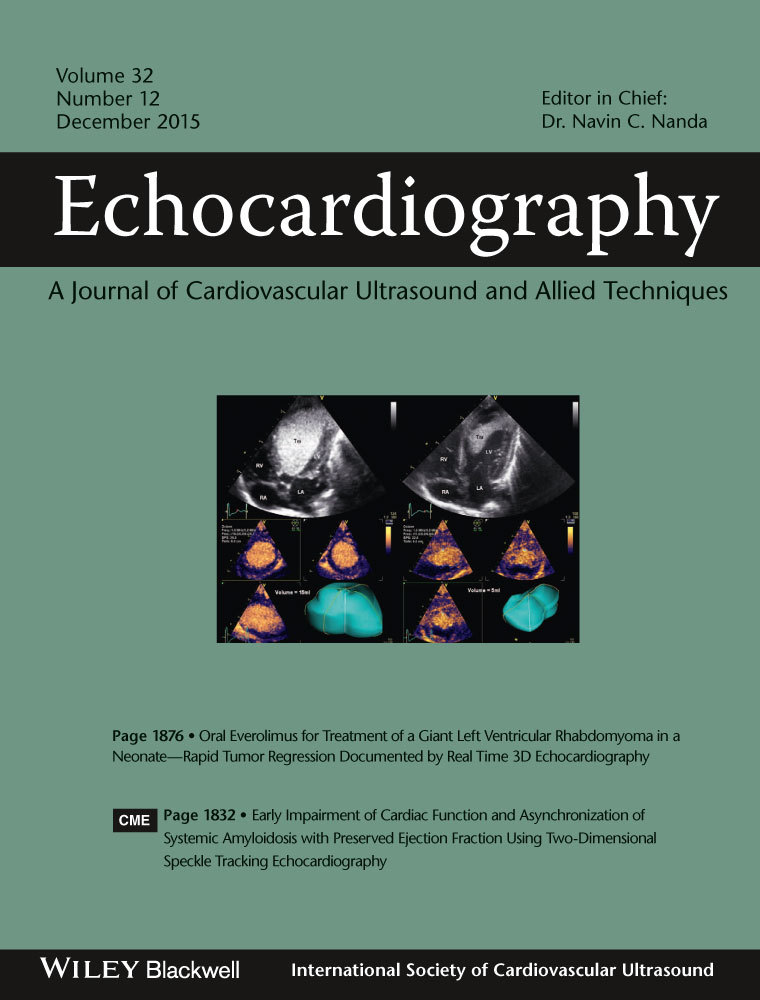Changes in Right Ventricular Shape and Deformation Following Coronary Artery Bypass Surgery—Insights from Echocardiography with Strain Rate and Magnetic Resonance Imaging
Abstract
Background
This study was designed to assess whether altered RV geometry and deformation parameters persisted well into the recovery period after presumably uncomplicated coronary artery bypass grafting (CABG). It was our hypothesis that the altered geometry of and load in the RV following pericardial opening would change both regional and global deformation indices for an extensive period postoperatively.
Methods and Results
Fifty-seven patients scheduled for CABG underwent preoperative and 8–10 months postoperative magnetic resonance imaging (MRI) for RV volume measurements, and resting echocardiography with assessment of geometry and RV mechanical function determined by tissue Doppler imaging (TDI) based longitudinal strain. Both MRI and echocardiography revealed postoperative dilatation of the RV apex, shortened longitudinal RV length but unchanged RV ejection fraction. Echocardiography parameters associated with filling of the right atrium showed signs of constraint with a reduced systolic filling fraction and increased right atrial size. Right ventricular segmental strain (−20 ± 13% vs. −29 ± 20% preoperatively; mean ±SD, P < 0.0001) was reduced postoperatively in parallel with TAPSE (1.3 ± 0.3 cm vs. 2.2 ± 0.4 cm; P < 0.0001).
Conclusion
Post-CABG longitudinal motion of the RV lateral wall is reduced after uneventful CABG despite preserved RV ejection fraction and stroke volume. The discrepancy in various RV systolic performance indicators results from increased sphericity of the RV following opening the pericardium during surgery. Therefore, longitudinal functional parameters may underestimate RV systolic function for at least 8–10 months post-CABG. Changes in deformation parameters should thus always be interpreted in relation to changes in geometry.




